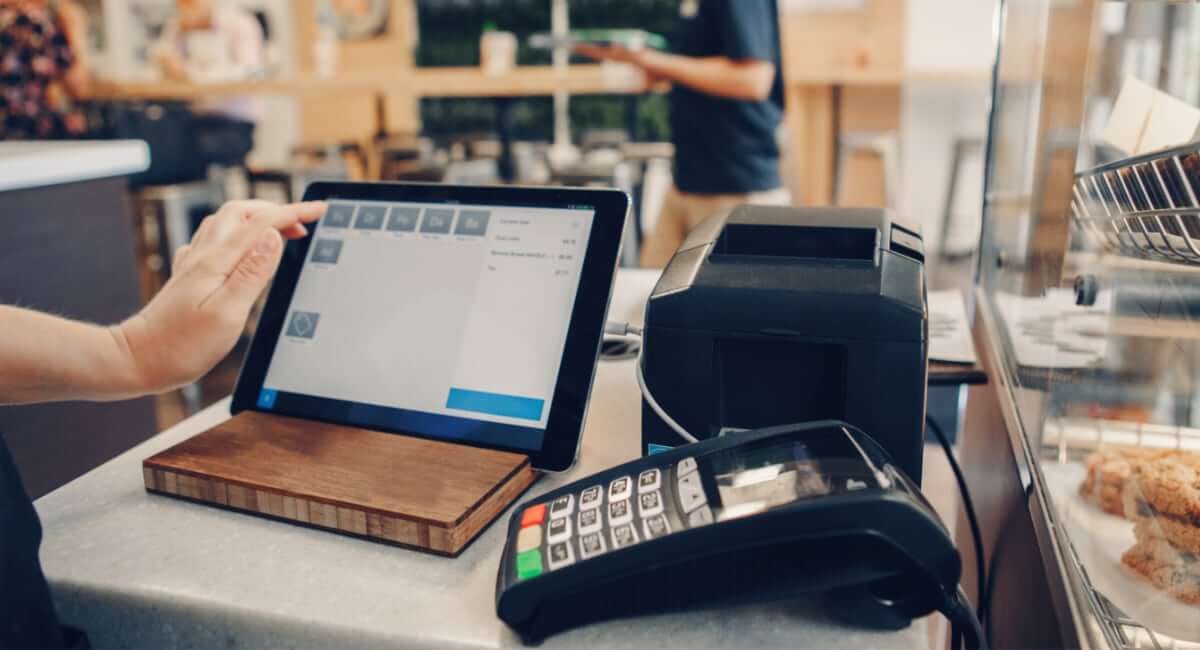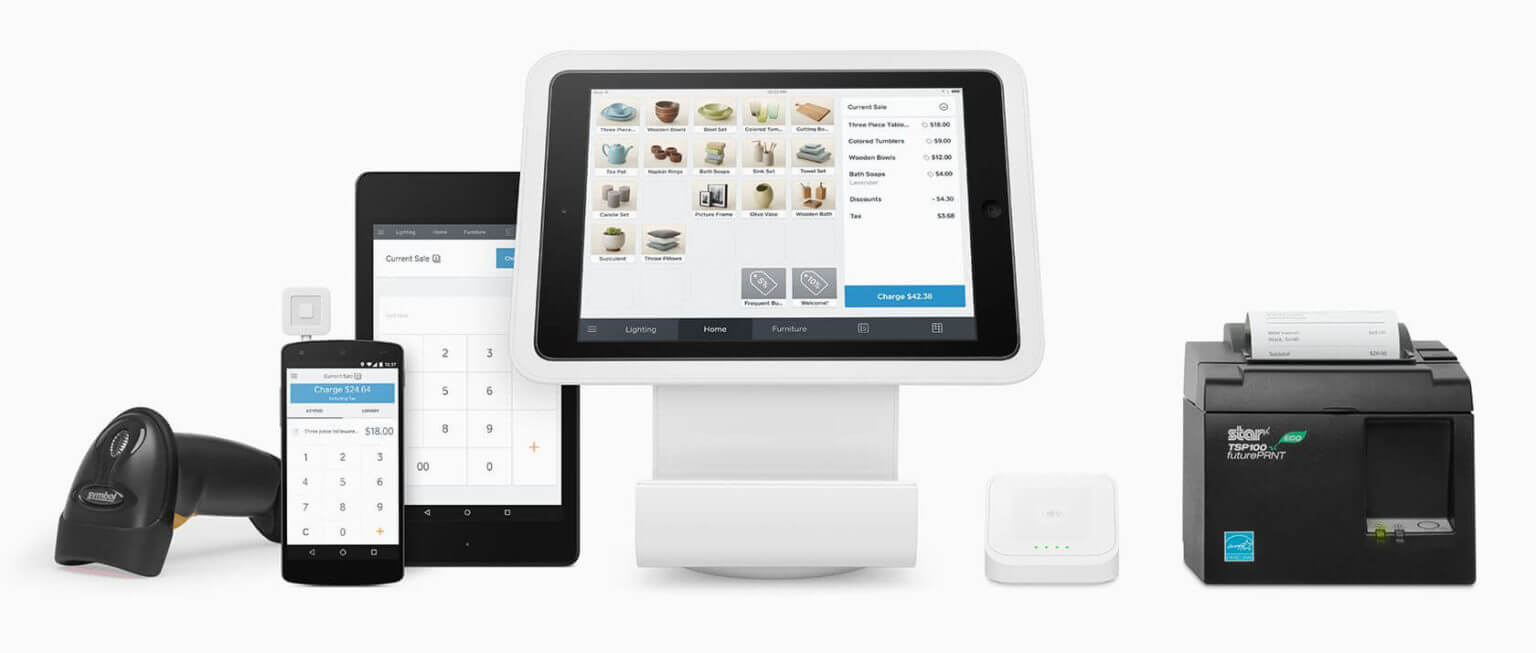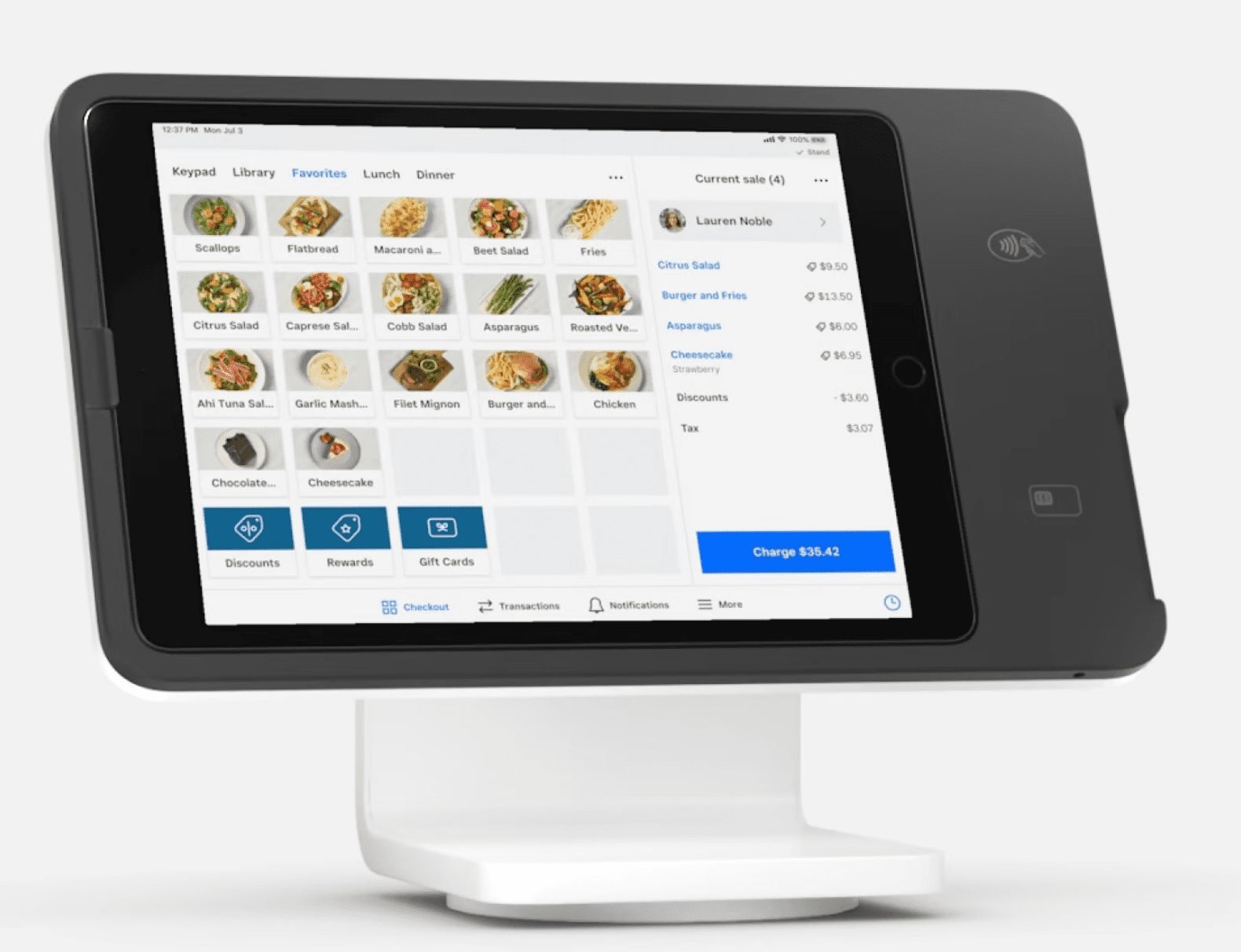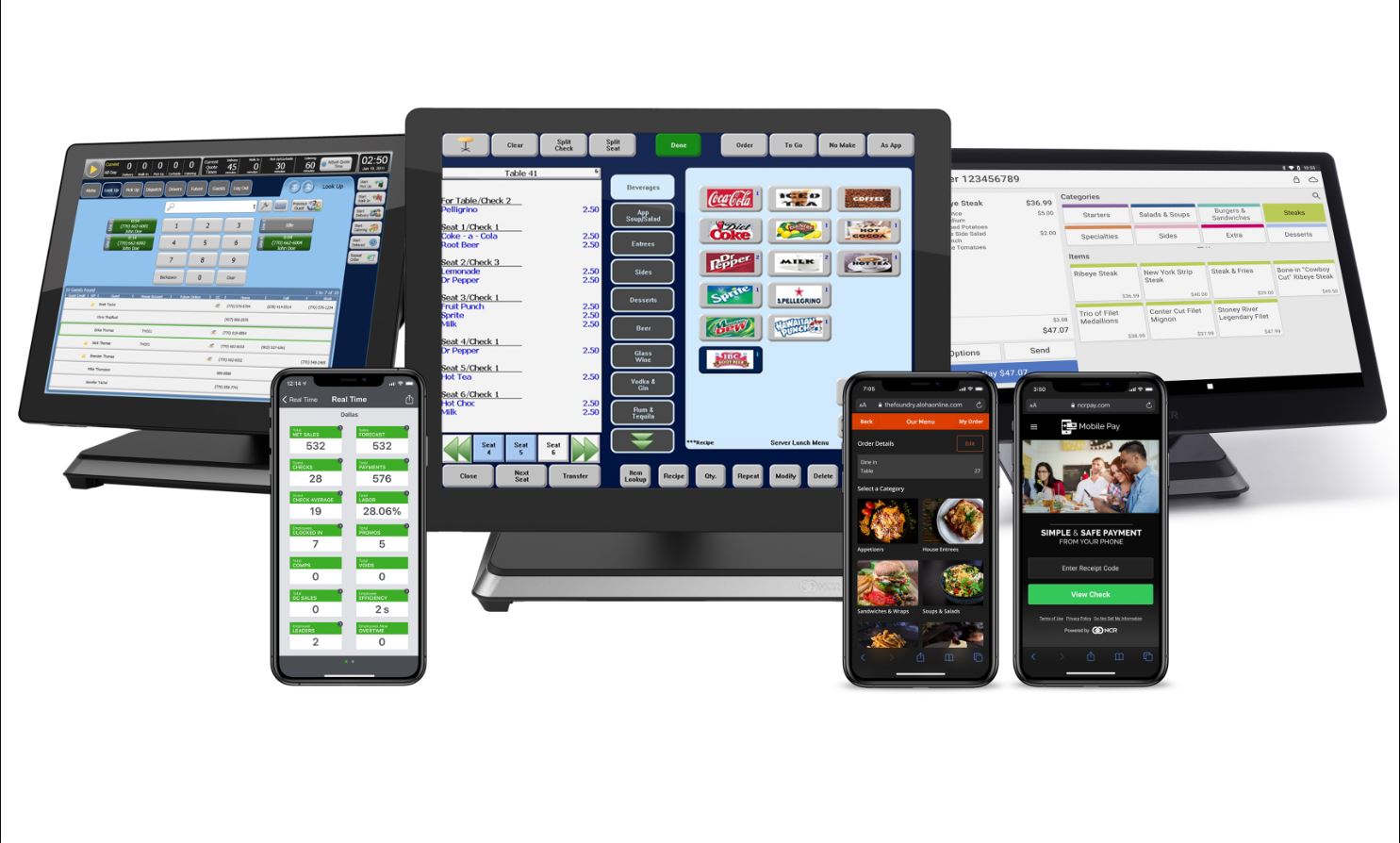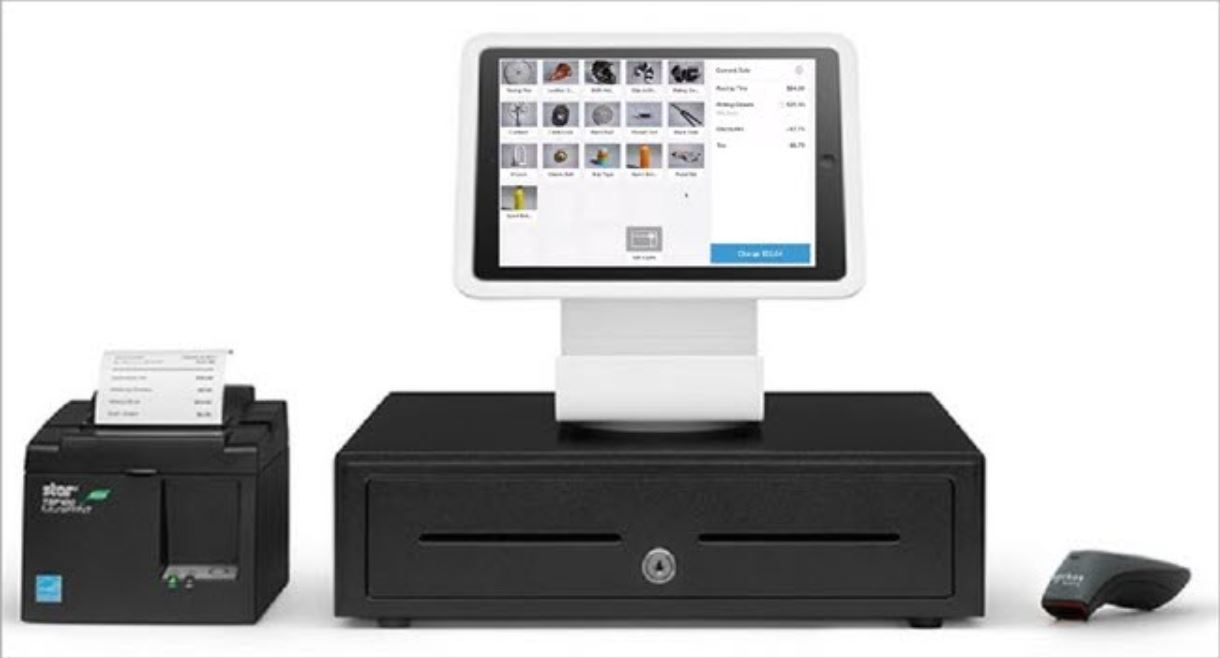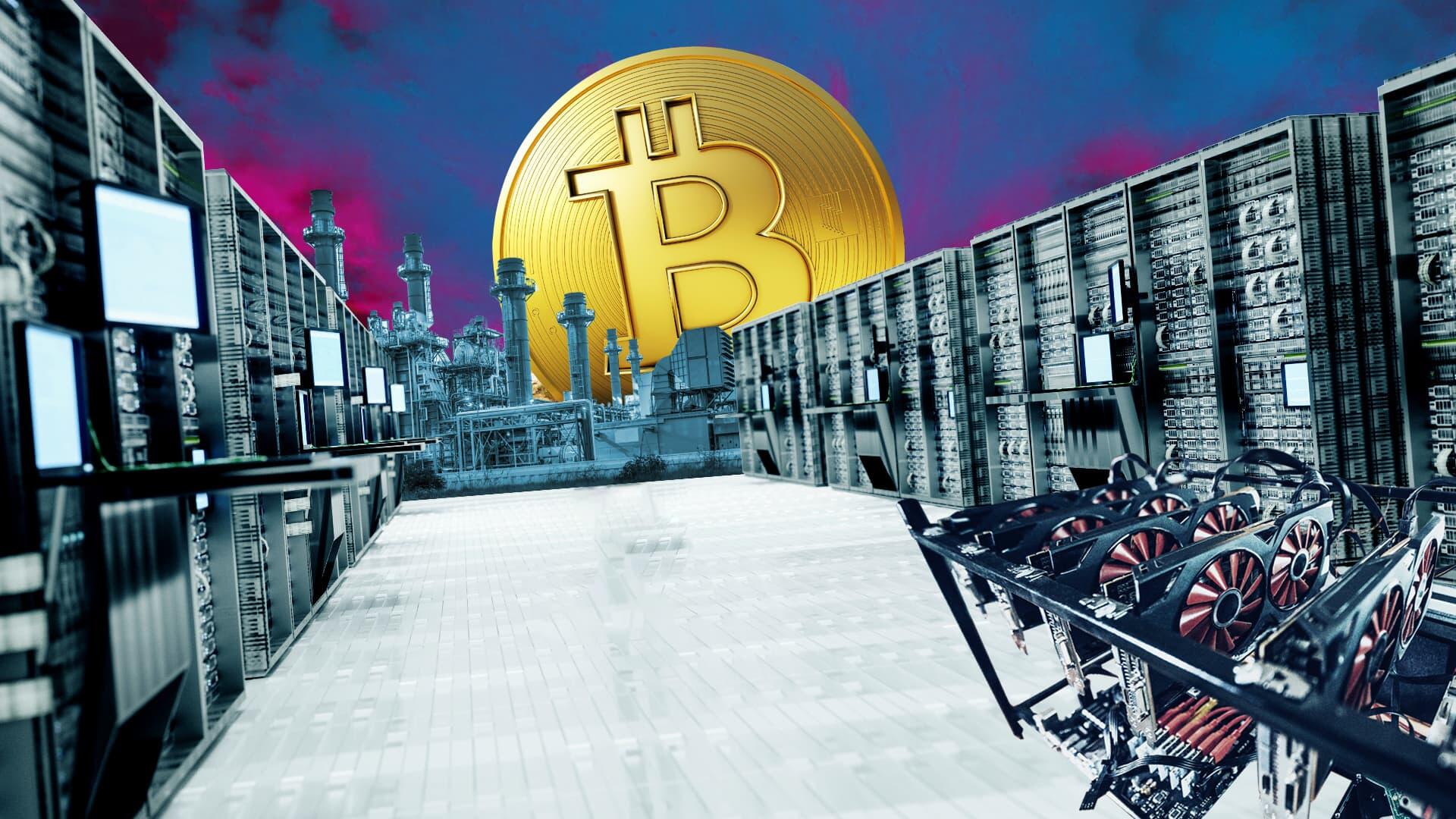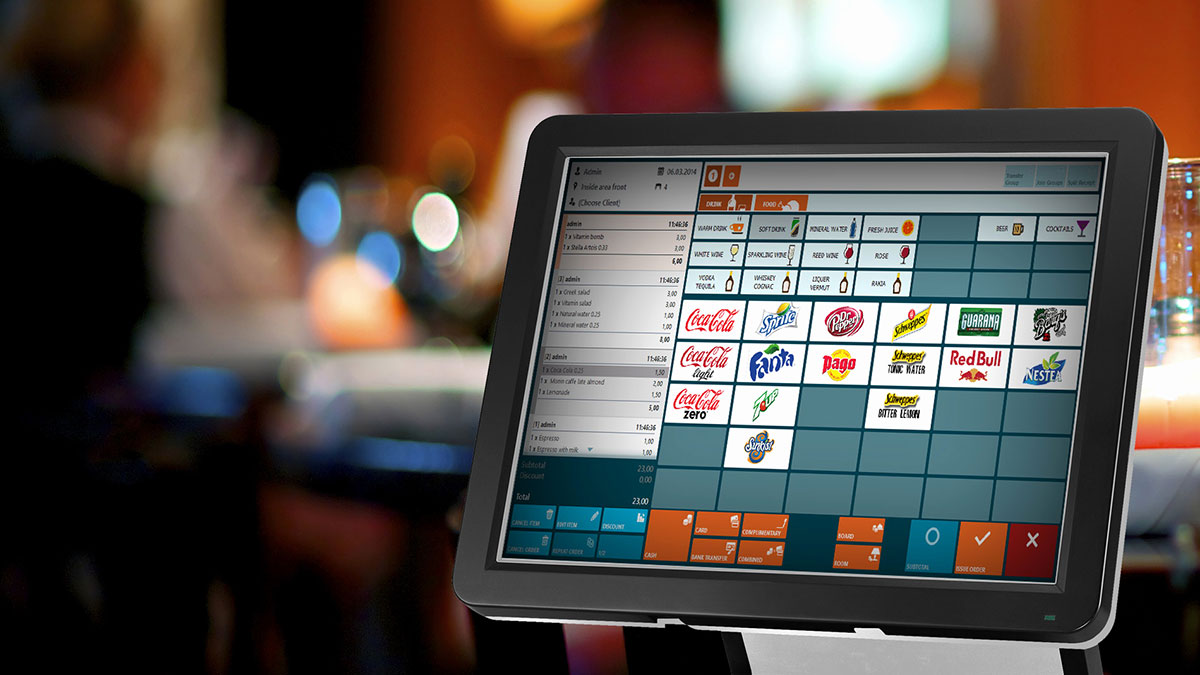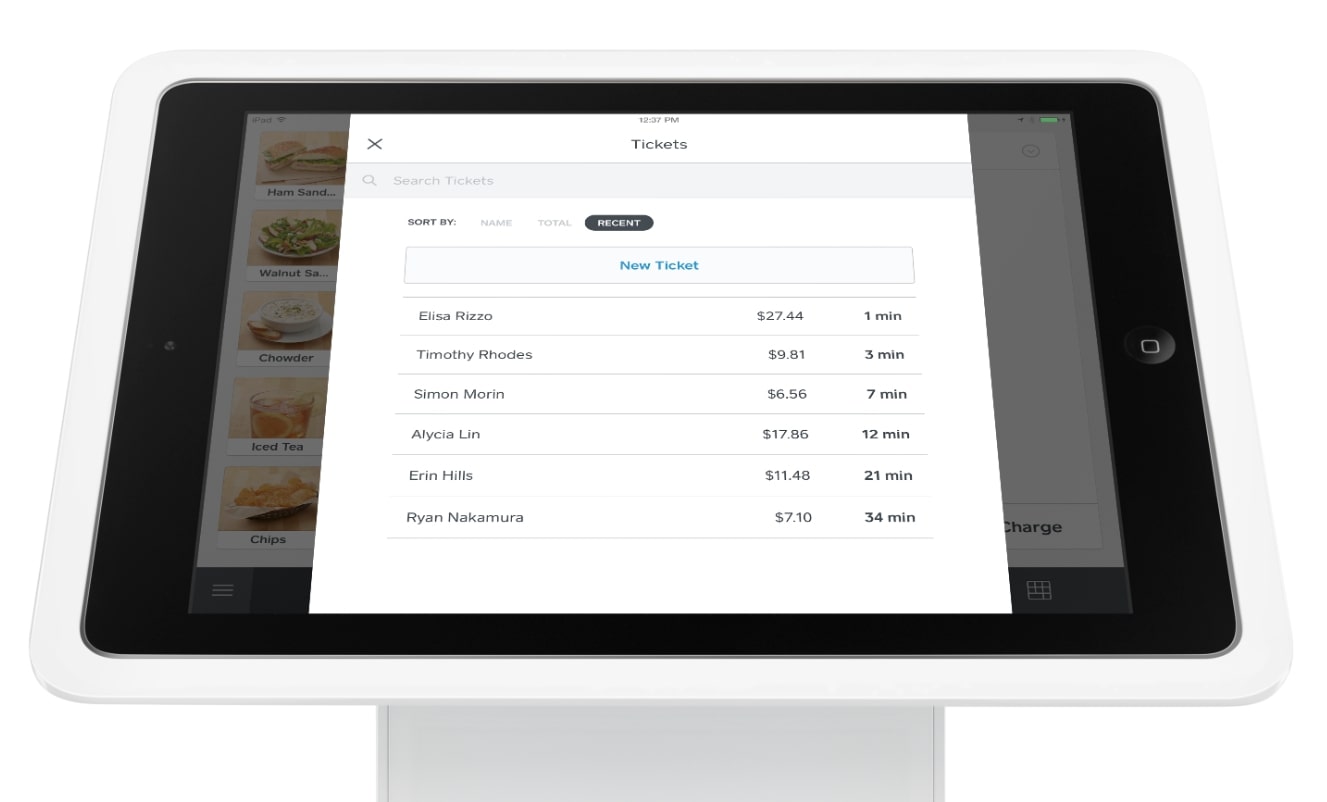Introduction
Welcome to the world of Point of Sale (POS) systems! As a small business owner, you’re likely aware of the importance of having an efficient and reliable POS system to streamline your operations and enhance customer experience. However, as you delve into the world of POS systems, you may be wondering about one burning question: How much does a POS system cost?
The cost of a POS system can vary significantly depending on several factors, including the complexity of your business needs, the size of your operation, the industry you’re in, and the specific features and functionalities you require. It’s essential to understand these factors to make an informed decision when choosing a POS system that not only meets your business needs but also fits within your budget.
In this article, we will delve into the various factors that determine the cost of a POS system, including hardware, software, integration and customization, maintenance and support, and hidden costs. By the end, you’ll have a comprehensive understanding of the cost considerations associated with implementing a POS system.
While it’s important to consider costs when choosing a POS system, it’s equally crucial to remember that a POS system is an investment that can provide significant returns over time. The right system can help you improve efficiency, streamline operations, reduce errors, and enhance customer satisfaction, all of which contribute to your bottom line.
So, let’s dive into the different aspects that impact the cost of a POS system, and gain a deeper understanding of the expenses involved in implementing this powerful tool for your business.
Factors that Determine the Cost of a POS System
When it comes to determining the cost of a POS system, there are several key factors to consider. Understanding these factors will help you assess the overall investment required for implementing a POS system that meets your specific business needs. Let’s take a closer look at these factors:
- Business Size and Complexity: The size and complexity of your business play a significant role in determining the cost of a POS system. Larger businesses with multiple locations and complex operations may require more advanced and robust systems, which can come at a higher price.
- Industry-specific Needs: Different industries have specific needs when it comes to POS systems. For example, a restaurant may require features like table management and kitchen display integration, while a retail store may need inventory management and barcode scanning capabilities. The industry-specific features you require will impact the overall cost.
- Hardware Requirements: The cost of hardware such as cash registers, barcode scanners, receipt printers, and touchscreen monitors is an important consideration. The more advanced the hardware, the higher the cost. However, it’s important to strike a balance between functionality and cost to avoid overspending on unnecessary features.
- Software Needs: The software component of a POS system is crucial for managing sales, tracking inventory, and generating reports. The software cost can vary depending on the features, customization options, and licensing. Some systems offer basic functionality at a lower cost, while others provide more advanced capabilities at a premium price.
- Integration and Customization: Integration with other business systems, such as accounting or e-commerce platforms, may be necessary for seamless operations. Customization options, such as adding specific fields or modifying the user interface, can also impact the cost. These factors should be considered when evaluating the overall cost of a POS system.
- Maintenance and Support: Ongoing maintenance and support are essential for keeping your POS system running smoothly. Consider the cost of software updates, technical support, and hardware maintenance when calculating the overall expenses. Some vendors offer support packages as part of their pricing, while others charge for these services separately.
- Hidden Costs: Lastly, it’s important to be aware of any hidden costs associated with a POS system. These can include fees for credit card processing, data storage, software upgrades, and additional user licenses. Understanding and accounting for these potential costs upfront will help prevent any surprises down the line.
By considering these factors and understanding the specific needs of your business, you can make an informed decision about the cost of a POS system that aligns with your budget and requirements. In the following sections, we will explore the specific costs associated with a POS system in more detail to give you a clearer picture of what to expect.
Basic POS System Costs
The cost of a basic POS system typically includes the essential hardware and software needed to facilitate sales transactions. These costs form the foundation of any POS system and can vary depending on your business requirements. Here are the key components to consider:
- Touchscreen Device: A touchscreen device, such as a tablet or a dedicated POS terminal, is the primary interface for processing sales. The cost of these devices can range from a few hundred to a few thousand dollars, depending on the brand, specifications, and features.
- POS Software: The software is the backbone of your POS system and enables you to perform various functions like processing payments, managing inventory, and generating reports. Basic POS software can range from free to a few hundred dollars, while more feature-rich and customizable software can cost several thousand dollars.
- Receipt Printer: A receipt printer is an essential component of a POS system for providing customers with printed receipts. Depending on the type and quality of the printer, prices can range from $100 to $500. Thermal printers are commonly used due to their efficiency and cost-effectiveness.
- Cash Drawer: A cash drawer securely holds cash and coins during transactions. Prices for cash drawers can vary depending on the quality and security features, typically ranging from $50 to $300.
- Credit Card Terminal: If you plan to accept credit card payments, you’ll need a credit card terminal or card reader. Prices for these devices can range from $50 for basic card readers to a few hundred dollars for more advanced, EMV-compatible terminals.
- Add-ons and Accessories: Depending on your business needs, you may require additional accessories such as barcode scanners, customer displays, and kitchen printers. These can add to the overall cost of your basic POS system, with prices ranging from $100 to $500 for each device.
- Installation and Setup: While some POS systems offer self-installation options, others may require professional installation. This can incur additional costs, typically ranging from $100 to $500, depending on the complexity of your setup and any integration requirements.
It’s important to note that these costs are for the basic components of a POS system and may not include additional features or functionalities specific to your business. Assess your business requirements and budget to determine the appropriate level of basic POS system components that meet your needs.
In the next section, we will explore the additional hardware costs that may arise depending on your business needs and industry-specific requirements.
Additional Hardware Costs
In addition to the basic components, there may be additional hardware requirements to consider when setting up your POS system. These additional hardware costs will depend on the specific needs of your business and the industry you operate in. Here are some common additional hardware costs to consider:
- Barcode Scanner: A barcode scanner allows for quick and accurate scanning of product barcodes. The cost of a barcode scanner can range from $50 for a basic handheld scanner to several hundred dollars for more advanced wireless or 2D scanners.
- Kitchen Printer: If you run a restaurant or food service business, you may need a kitchen printer to receive and print orders in the kitchen. The cost of a kitchen printer can range from $200 to $800, depending on the brand and functionality.
- Scale: For businesses that sell products by weight, such as grocery stores or delis, a scale is a necessary addition to the POS system. Scales can range in price from $100 to $500, depending on the capacity and accuracy required.
- Mobile Devices: If you offer tableside ordering or mobile sales, you may need additional mobile devices or tablets for your staff. Costs for mobile devices can vary widely depending on the brand and specifications, ranging from a few hundred dollars to over a thousand dollars per device.
- Customer Display: A customer-facing display can enhance the shopping experience by showing the items being scanned and the total amount due. Prices for customer displays can range from $100 to $300, depending on the type and features.
- Label Printer: If you require printing labels for pricing and inventory management, a label printer may be necessary. Label printer prices can range from $100 to $500, depending on the brand and printing capabilities.
- Card Reader: In addition to traditional credit card terminals, card readers that connect to mobile devices or tablets are popular for their portability and versatility. Card reader prices range from $50 to $200, depending on the brand and compatibility.
It’s important to assess the specific hardware needs of your business and budget accordingly. Consider your industry-specific requirements and the potential return on investment that additional hardware can provide in terms of improving efficiency, customer experience, and overall operations.
In the following section, we will delve into the software costs associated with a POS system and explore the various options available.
Software Costs
The software component of a POS system is crucial for managing sales, inventory, and various other business operations. The cost of POS software can vary depending on the features, customization options, and licensing models. Here are some important factors to consider when assessing the software costs:
- License Fees: POS software is typically sold with licensing fees, which can be a one-time cost or a recurring subscription model. One-time license fees can range from a few hundred to several thousand dollars, while subscription fees can range from $50 to $200 per month, depending on the features and level of support provided.
- Feature Set: The cost of POS software often correlates with the features and functionalities it offers. Basic software with limited features is generally more affordable, while more robust software with advanced functionality and customization options tends to be pricier.
- Customization: If you require custom fields, workflows, or branding elements in your POS system, there may be additional costs for customization. This can range from a one-time fee to ongoing development costs, depending on the complexity of customization required.
- Cloud-Based vs. On-Premises: POS software is available in both cloud-based and on-premises deployment models. Cloud-based software typically involves a monthly or annual subscription fee, while on-premises software may require a higher upfront investment for purchasing and maintaining the hardware and software licenses.
- Support and Updates: Some POS software providers include support and updates as part of the licensing or subscription fees, while others charge separately. It’s important to factor in the costs of ongoing support, software updates, and technical assistance to ensure the smooth operation of your POS system.
When evaluating the cost of POS software, consider the specific needs of your business and the potential benefits that certain features or customization can provide. It’s crucial to strike a balance between functionality, affordability, and scalability, ensuring that the software can grow with your business.
In the next section, we will explore the costs associated with integrating and customizing your POS system to meet your unique business needs.
Integration and Customization Costs
Integration and customization are crucial aspects of configuring a POS system to fit your specific business requirements. Integrating your POS system with other software applications or services can streamline your operations and provide valuable insights. Customization allows you to tailor the system to your unique workflows and branding. However, these additional features may incur additional costs. Here are some factors to consider when assessing integration and customization costs:
- Third-Party Integrations: If your business relies on other software applications, such as accounting or e-commerce platforms, integrating your POS system with these systems can be beneficial. However, integration costs may apply, either as one-time fees for setting up the integration or recurring costs for ongoing support and updates.
- API Access: Some POS systems offer application programming interface (API) access, allowing you or a developer to build custom integrations or add-ons. Depending on the complexity of the API and your specific needs, there may be additional costs associated with API access or developer resources.
- Custom Fields and Workflows: Customizing your POS system to accommodate specific fields, workflows, or reporting requirements may incur additional costs. These costs can vary depending on the level of customization required and the time and effort involved in implementing and maintaining the customizations.
- Branding and User Interface Customization: If you want your POS system to reflect your brand identity and provide a unique user experience, customization may be necessary. Costs for branding and user interface customization can vary depending on the complexity of the changes and the vendor’s policies.
- Data Migration: If you are transitioning from an existing POS system, there may be costs associated with migrating your data to the new system. These costs can vary depending on the volume and complexity of the data being migrated and any additional data cleansing or transformation required.
It’s essential to carefully assess your integration and customization needs and budget accordingly. Consider the potential benefits and efficiencies that integration and customization can provide, keeping in mind the costs and resources required for implementation and ongoing support.
In the following section, we will explore the ongoing maintenance and support costs associated with operating a POS system and keeping it running smoothly.
Maintenance and Support Costs
Maintenance and support are essential components of keeping your POS system running smoothly and addressing any technical issues or questions that may arise. Understanding the maintenance and support costs associated with a POS system is crucial for planning and budgeting. Here are some factors to consider:
- Software Updates: POS software providers regularly release updates to enhance functionality, address security issues, and fix bugs. Some providers include software updates in the initial licensing or subscription fees, while others charge separately. It’s important to understand the update policies and associated costs to ensure your system remains up-to-date.
- Technical Support: Having access to reliable technical support is vital when you encounter any software or hardware issues. The level of technical support provided by the POS system vendor can vary. Some offer 24/7 support services as part of the package, while others may charge additional fees for specific support tiers or after-hours support.
- Training and Onboarding: If you’re implementing a new POS system, training and onboarding services may be required to ensure a smooth transition. These services could be provided by the vendor, either remotely or on-site, and may involve additional costs depending on the scope and complexity of the training needed.
- Hardware Maintenance: Hardware components of a POS system, such as printers, scanners, and cash drawers, may require maintenance or occasional repairs. It’s important to factor in the costs of hardware maintenance services or replacement parts to keep your system in good working condition.
- User Licensing: Some POS software vendors charge per user for accessing the system. If you have multiple employees who need access to the POS system, there may be additional licensing costs involved. Understanding the pricing structure and any limitations on the number of users is important to avoid unexpected costs.
When budgeting for maintenance and support costs, consider the specific needs and requirements of your business. Assess the level of support and ongoing maintenance services provided by the vendor and ensure that it aligns with your business expectations and operational needs.
In the next section, we will explore the potential hidden costs associated with implementing and operating a POS system that you should be aware of.
Hidden Costs to Consider
When considering the cost of a POS system, it’s important to be aware of potential hidden costs that may not be immediately apparent. These costs can add up over time and impact the overall investment required. Here are some hidden costs to consider:
- Credit Card Processing Fees: If you accept credit card payments, there are usually fees associated with each transaction. These fees can vary depending on the payment processor used and are typically a percentage of the transaction amount. It’s important to factor in these fees when calculating the actual cost of processing payments.
- Data Storage and Security: Storing transaction data and customer information may require additional costs, especially if you choose to store data on external servers or use cloud-based storage. Ensuring data security and compliance with regulations may also involve additional processes and expenses.
- Additional User Licenses: If you plan to expand your team or have multiple employees using the POS system, there may be additional charges for additional user licenses. It’s important to understand the licensing structure and potential costs associated with scaling your operations.
- Software Upgrades and Add-ons: Over time, you may require additional features or upgrades to your POS system as your business grows or your needs change. Upgrading to new versions of the software or adding new modules can involve additional costs, so it’s important to account for these expenses in your long-term budget.
- Training and Staff Turnover: If you have a high turnover rate or frequently hire new employees, the cost of training them on the POS system can add up. Implementing a comprehensive training program and considering the time and resources required for onboarding new staff is essential to prevent unexpected expenses.
- Hardware Replacement: While POS hardware is generally durable and long-lasting, there may come a time when you need to replace or upgrade certain components. Hardware replacement costs should be considered for items such as printers, scanners, and tablets.
- Exit Fees or Contractual Obligations: Some POS system vendors may have specific contractual terms, including early termination fees or long-term agreements. Understanding the terms and potential costs associated with ending or changing the contract can help you avoid unexpected financial implications.
Being aware of these hidden costs and factoring them into your budgeting and decision-making process will allow for a more accurate assessment of the overall cost of implementing and operating a POS system for your business.
Next, we will discuss considerations for choosing the right POS system that aligns with your business objectives and budget.
Choosing the Right POS System for your Business
Choosing the right POS system is crucial to ensure that it meets your specific business needs and aligns with your budget. Here are some key considerations to help you make an informed decision:
- Identify Your Business Needs: Start by identifying the specific needs and requirements of your business. Consider the industry you’re in, the volume of transactions you handle, and any unique features or functionalities you require. This will help you determine the essential components and features to look for in a POS system.
- Set Your Budget: Determine your budget for the POS system, taking into account any upfront costs, ongoing expenses, and potential hidden costs. Balancing affordability with the functionality and flexibility you require is crucial in choosing the right system.
- Research and Compare: Take the time to research and compare different POS system options. Look for vendors that have experience in your industry and offer the features and functionalities you need. Read reviews, seek recommendations from other business owners, and request demos or trials to assess the user interface and ease of use.
- Consider Scalability: As your business grows, your POS system needs may evolve. Consider a system that can scale with your business and accommodate increased transaction volume, additional locations, and new features. This will help prevent the need to switch systems or incur significant upgrade costs in the future.
- Evaluate Integration Capabilities: Assess the integration capabilities of the POS system with other software applications or services that are critical to your business operations. Determine if the system can seamlessly integrate with your existing infrastructure, such as accounting software or e-commerce platforms.
- Assess Vendor Support: Look for POS system vendors that offer reliable and responsive technical support. Consider the level of support provided, including response times, availability, and the cost associated with support packages. Good customer support is essential to ensure that any issues or questions are addressed promptly.
- Read the Contracts and Agreements: Before finalizing your decision, carefully review the contracts and agreements provided by the POS system vendor. Pay attention to any contractual obligations, renewal terms, termination fees, and any limitations or restrictions. Ensure that you have a clear understanding of the terms and conditions before committing to the system.
By considering these factors and conducting thorough research, you’ll be well-equipped to choose a POS system that fits your business requirements and budget. Remember to prioritize functionality, reliability, and scalability to ensure that the system can support your business growth and contribute to operational efficiency.
Next, we will summarize the key points discussed in this article.
Conclusion
Implementing a POS system for your business is an important investment that can streamline operations, enhance customer experience, and improve overall efficiency. However, it’s crucial to understand the various factors that determine the cost of a POS system and to consider them when making your decision.
We discussed several key factors that influence the cost of a POS system, including business size and complexity, industry-specific needs, hardware requirements, software costs, integration and customization, maintenance and support, and hidden costs. Understanding these factors will help you assess the overall expense and choose a system that aligns with your budget and business objectives.
When selecting a POS system, it’s important to identify your business needs, set a budget, research and compare different options, evaluate integration capabilities, assess vendor support, and review contractual terms and obligations. By taking these steps, you can make an informed decision and choose a system that meets your requirements and grows with your business.
Remember, a POS system is not just a cost but an investment in the long-term success of your business. It can improve efficiency, accuracy, and customer satisfaction, ultimately contributing to your bottom line.
So take the time to carefully consider your options, weigh the costs and benefits, and choose a POS system that empowers your business to thrive in today’s dynamic and competitive marketplace.







